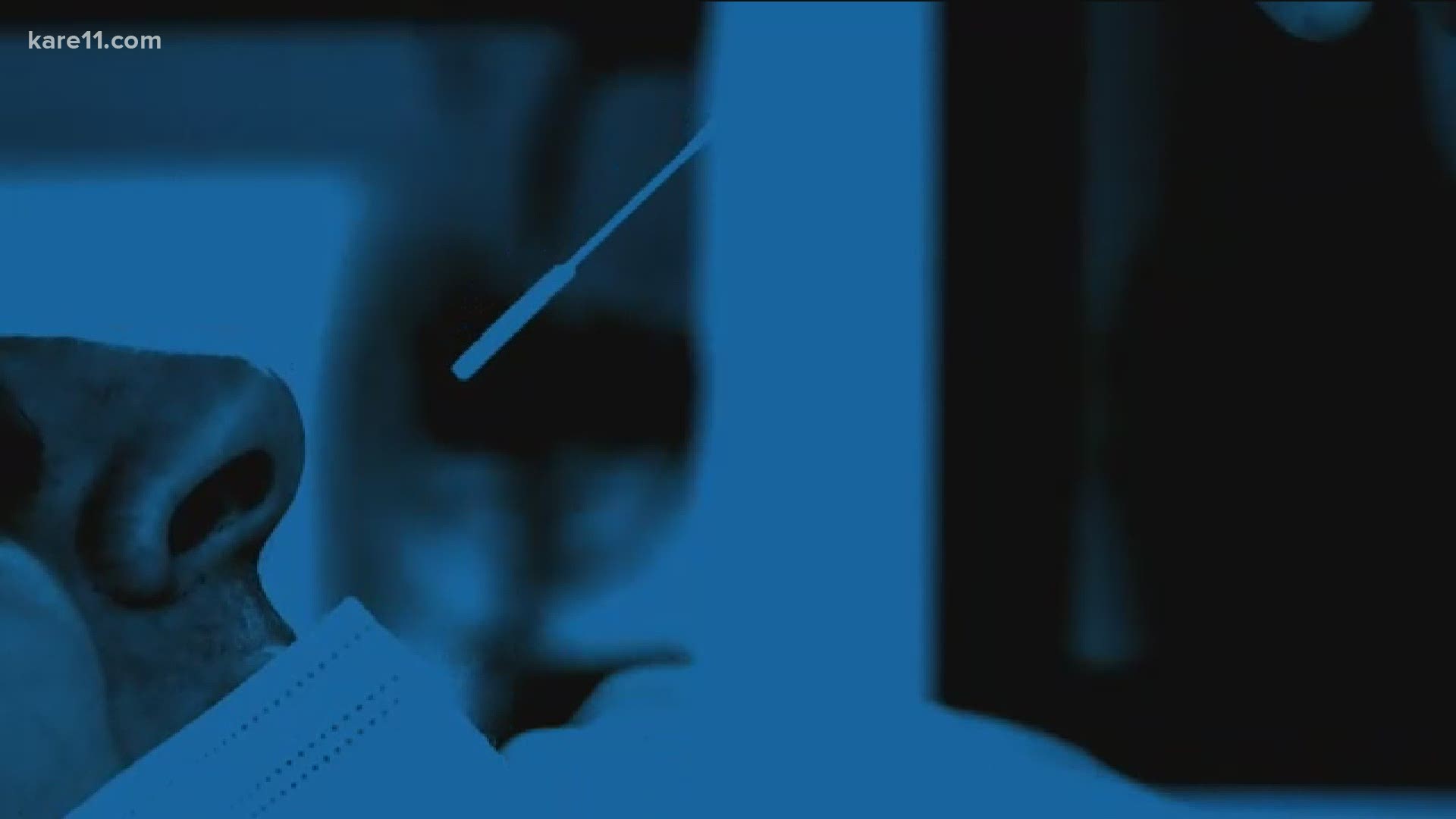MINNEAPOLIS — As the country continues to deal with the latest surge in COVID-19 cases, the head of Mayo Clinic Laboratories said the testing industry is so far keeping up with demand.
But Dr. William Morice notes that could change if the surge continues unabated, particularly with positive test rates reaching as high as 30 percent in some parts of the Midwest.
“We continue to take measures to try to respond to the need. But at some point, the demand will quite simply outpace the capacity,” Morice said in a Zoom call with reporters across the country.
Despite that challenge, Morice said the industry – particularly academic and private labs – have stepped up efforts to increase testing capacity to 1.5 million tests per day. And he welcomed the recent addition of more “at-home” tests, including the Lucira COVID-19 All-In-One Test. The test – which received FDA approval last week – is the first to allow a person to both collect a sample and receive results at home.
“First of all, it’s not only more convenient for the individual, it also prevents them from going out, outside the home, and potentially exposing others to COVID if they do, in fact, have it,” Morice said, adding that the test will be available to people in a few months.
Morice further noted the development of “point-of-care” or at-home tests will also complement ongoing laboratory results, which remain more accurate.
Meantime, the Mayo Clinic has developed a blood test that allows health care workers to predict whether a COVID-positive patient will need additional care.
“We look at blood markers of inflammation, essentially. And if we can see, even if patients are not doing poorly, if they have very high levels of some of these – that is a harbinger that they might get in trouble and therefore will allow us to get them triaged for appropriate care,” Morice said.
Despite the ongoing advancement in the laboratory industry, Morice did encourage everyone to remain vigilant about taking precautions, including wearing masks and staying socially distant. He says that’s especially critical, given that no test is 100% effective and as the global community awaits a vaccine.

